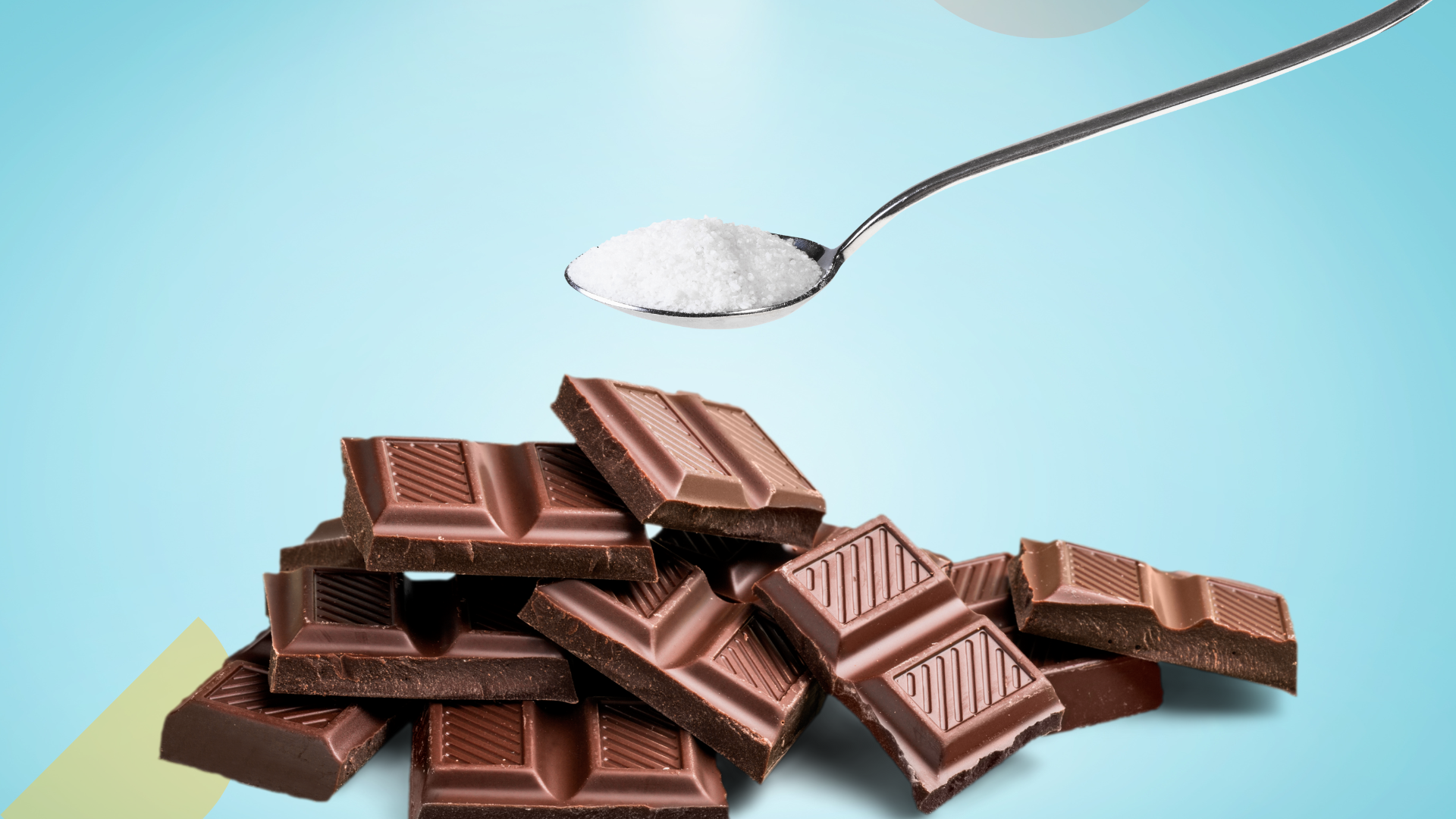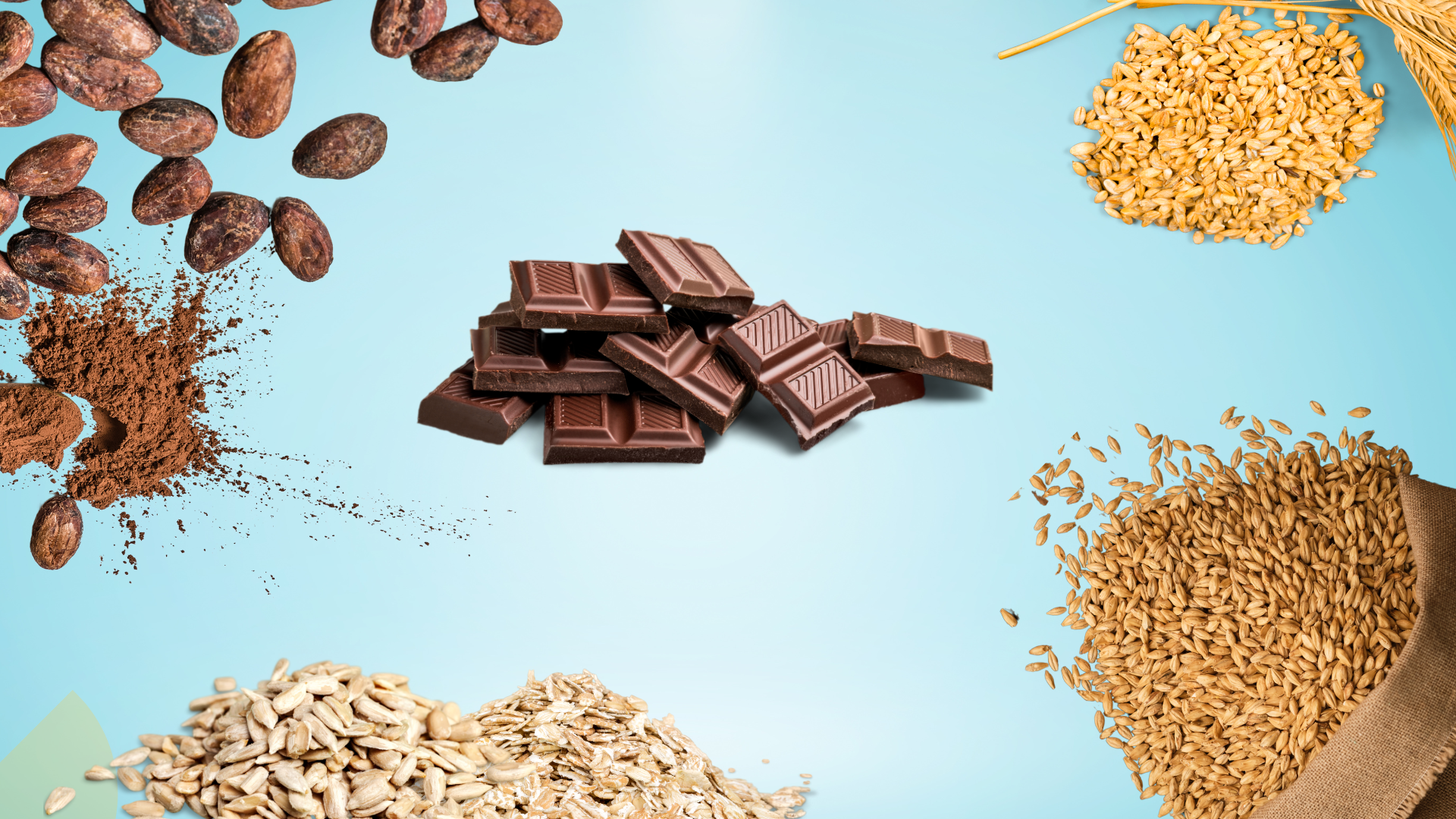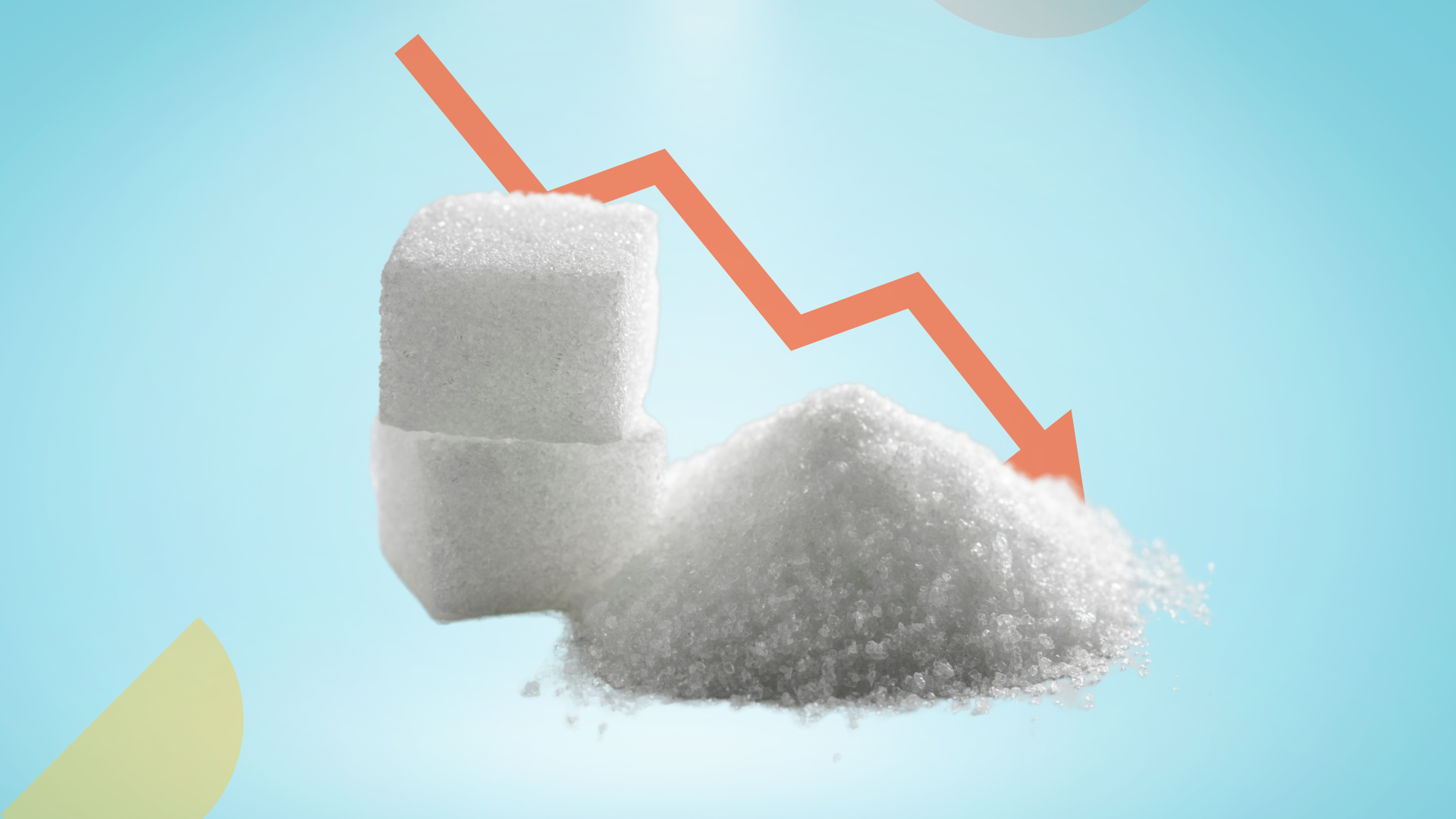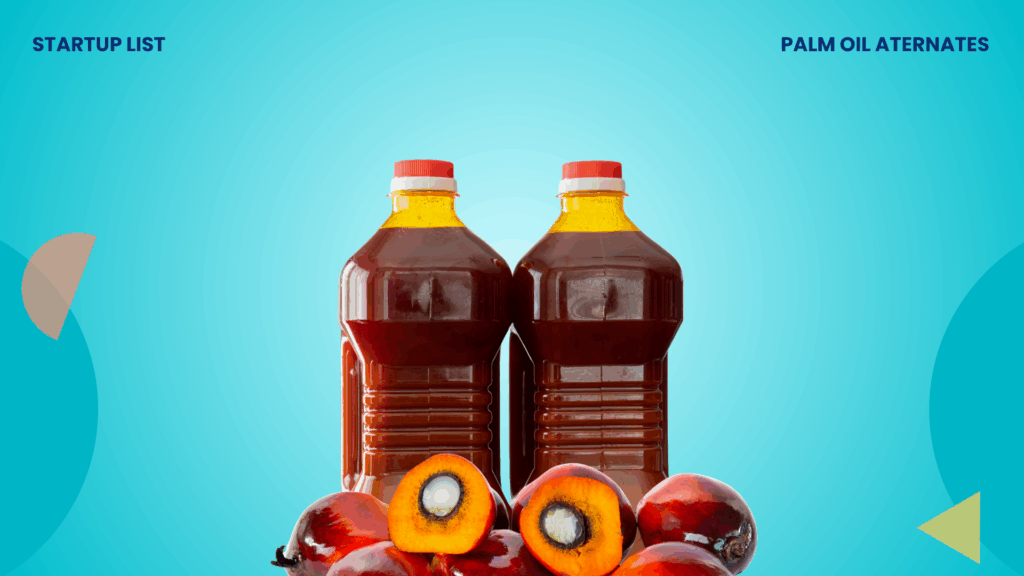In spring 2023, Hershey’s partnered with Coca-Cola’s Honest brand to create gluten-free gummies made with low-sugar organic fruit juice. Previously, the confectionery giant invested in the low-sugar chocolate brands Bonumose, Lily’s, and ONE Brands.
All these strategic moves are a part of Hershey’s expansion plan in the better-for-you (BFY) snack category. Sugar reduction is a primary focus of this plan, and it has four key approaches: (1) core brand innovation, (2) partnerships & licensing, (3) research & development, and (4) mergers & acquisitions.
Clearly, Hershey’s is tapping into a major consumer shift: a growing preference for smaller, niche brands that offer organic, plant-based products. The impact of this trend was reflected in Hershey’s financial results for 2022, in which acquisitions contributed approximately $448.03 million to net sales.
Chocolate brands eager to accelerate their sugar reduction efforts must actively scout for merger and acquisition opportunities with emerging niche players. At the same time, keeping a close eye on competitor innovations can open doors to profitable partnerships. This way, brands can rapidly grow their low-sugar product lines to meet the latest consumer demands—be it a midday pick-me-up or a post-workout indulgence.
In this article, we have explored four novel innovations that can accelerate your sugar reduction efforts through strategic partnerships. Let’s dive in.
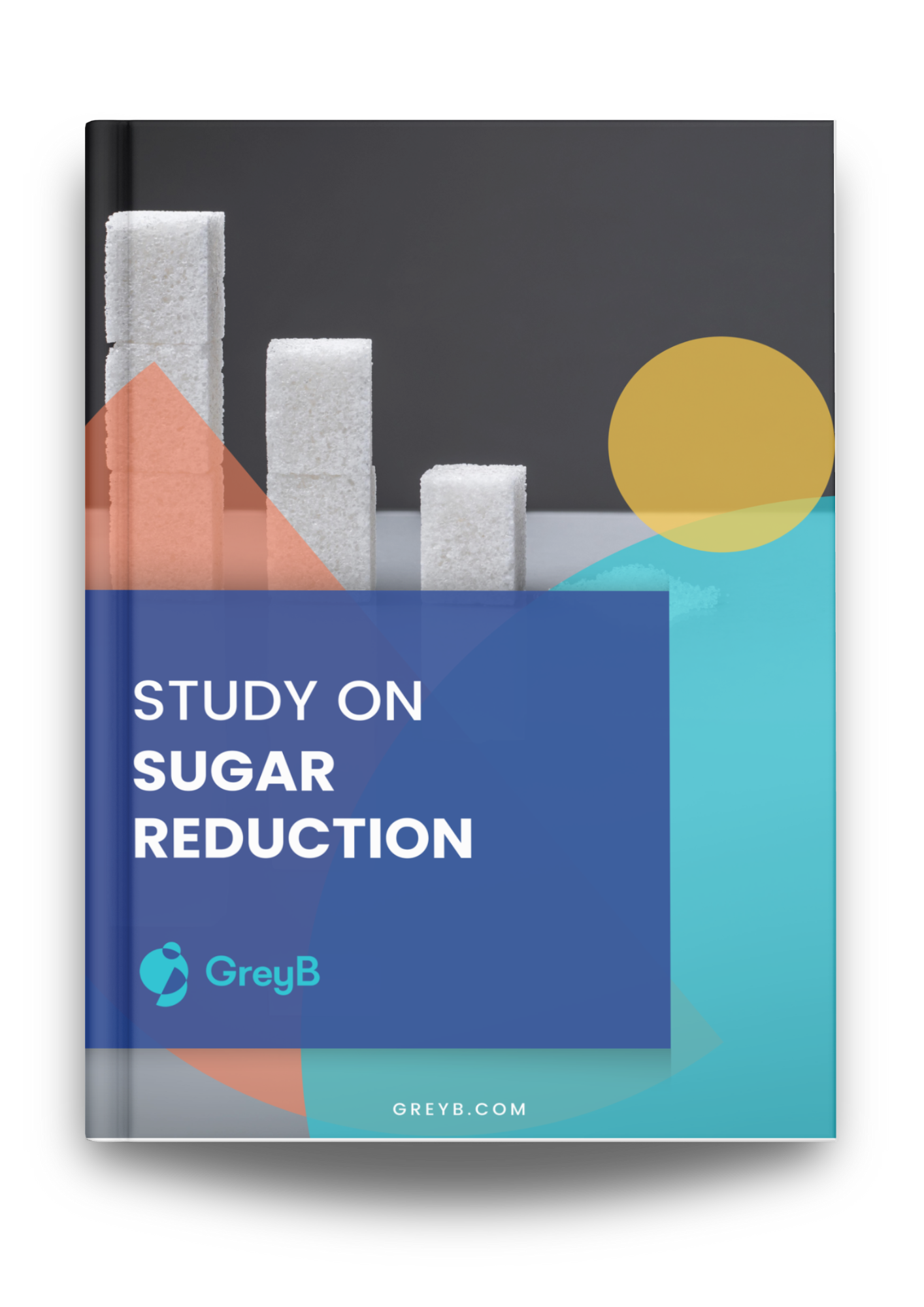
Coconut sugar helps cut calories by over 8% in dark chocolates
Simple sugars like sucrose can cause a spike in blood sugar levels and are linked to diseases such as type 2 diabetes. 77% of global consumers desire chocolate with less sugar. This trend has led chocolate companies to explore new formulations to reduce sugar content.
A formulation study replaced sucrose in dark chocolate with stevia, erythritol, and 12% coconut sugar (GI35). The modified product delivered 2384.2 kJ/hg, reducing caloric content by over 8%. The findings suggested that coconut sugar was a viable low-glycemic alternative for diabetic and health-conscious consumers.
Discover more such novel ingredients for sugar replacement with Slate. The AI assistant can help you identify sustainable, innovative, cross-industry solutions tailored to your needs.
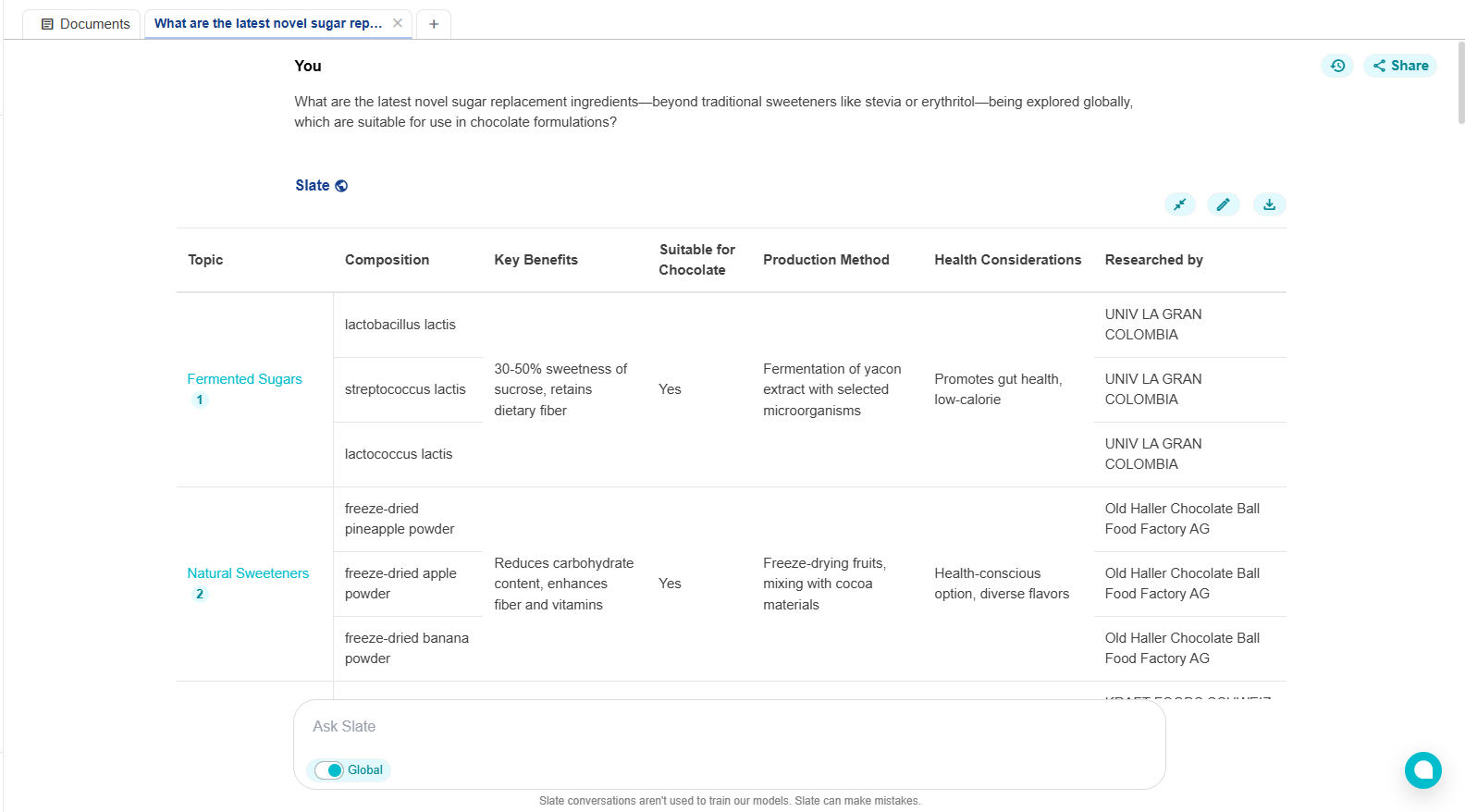
What are the latest novel sugar replacement ingredients suitable for use in chocolate formulations?
Sunflower seed powder can be used to create lactose-free, low-sugar chocolates
Sugar has long been a key ingredient in traditional chocolate formulations. It serves not only as a sweetener but also as a bulking agent. However, the American food giant Cargill has innovatively replaced sugar with sunflower seed powder in its ExtraVeganZa chocolate.
Sunflower seed powder functions as both a bulking agent and a texture modifier, allowing it to partially or fully replace sugar in chocolate. This ingredient also replaces butterfat and milk proteins, making ExtraVeganZa suitable for lactose-intolerant, vegan, or those allergic to milk. This enables manufacturers to create dairy-free and low-sugar chocolates with the same smooth, creamy, melt-in-your-mouth qualities.
This vegan chocolate range is versatile. It can be used as a substitute for traditional chocolate in various applications, including bakery, confectionery, and dairy. The ExtraVeganZa line is nut and gluten-free. This sets it apart from other brands like Lindt, which have typically relied on nut pastes.
Sunflower powder appears to be emerging as the next big trend. Nestlé’s vegan Kit Kat also incorporates sunflower lecithin, highlighting that the ingredient is trending across the chocolate industry.

Optibar keeps protein bars soft and smooth throughout their shelf life
Bars are a popular choice for on-the-go nutrition worldwide. However, two key challenges limit their ability to meet consumer demands. First, adding high amounts of protein often compromises the texture. Due to partial solubility, traditional milk or plant proteins make bars grainy and dry. Second, it is challenging to create low-sugar cereal bars, as sugar-rich syrups are needed to bind the dry ingredients.
To overcome these challenges, ingredient supplier Gelita launched a novel ingredient called Optibar. It is made of optimized collagen peptide proteins with superior solubility. It keeps protein bars soft and smooth throughout their shelf life, even at protein levels up to 60%.
Unlike traditional cereal bar binders, OPTIBAR® doesn’t require boiling. Instead, it’s simply warmed with water and oil to 70°C. Then, the dry ingredients are added, and the mixture is molded. OPTIBAR® can be used in existing production lines without needing extra equipment. Its agglomerated form ensures dust-free handling. Overall, OPTIBAR® reduces energy use, cuts processing costs, and minimizes thermal stress on sensitive ingredients. The innovative ingredient lowers environmental impact when used for large-scale production.
Optibar is non-GMO and additive-free, making it ideal for clean-label products. It enables manufacturers to make a range of nutritional claims under EU Regulation 1924/2006, such as ‘source of protein,’ ‘high protein,’ ‘reduced sugar,’ ‘low sugar,’ and ‘sugar-free.’
Recommended Read
Inulin Formulations offer up to 80% sugar replacement while maintaining texture
A study explored how replacing sugar in cocoa hazelnut spread with an inulin-stevia mix affects the product’s texture, taste, spreadability, and shelf life. Different levels of sugar replacement—60%, 80%, and 100%—were tested and compared to a traditional, sugar-rich spread. The resultant spreads were evaluated on various characteristics, such as melting behavior, water content, texture, ingredient interaction, and storage stability over three months.
It was found that 80% sugar replacement provided the best balance. It maintained a texture and melting experience close to the original while significantly reducing sugar. Inulin helped maintain the texture by holding onto oil in the mix. Although the spread’s colour became darker, it didn’t negatively affect product quality. Overall, the study proved that inulin and stevia can be used to create low-sugar cocoa hazelnut spreads.
Similarly, Lotte’s chocolate formulation uses a unique blend of inulin, whole milk powder, cream powder, and buttermilk powder to tackle sugar reduction. Whole milk, cream, and buttermilk powder help maintain the chocolate’s creamy texture and milky flavor. Meanwhile, inulin helps reduce the sugar content and provides gut health benefits. This formulation contains less than 39% sugar by weight, with cocoa content ranging from 21% to 50%.
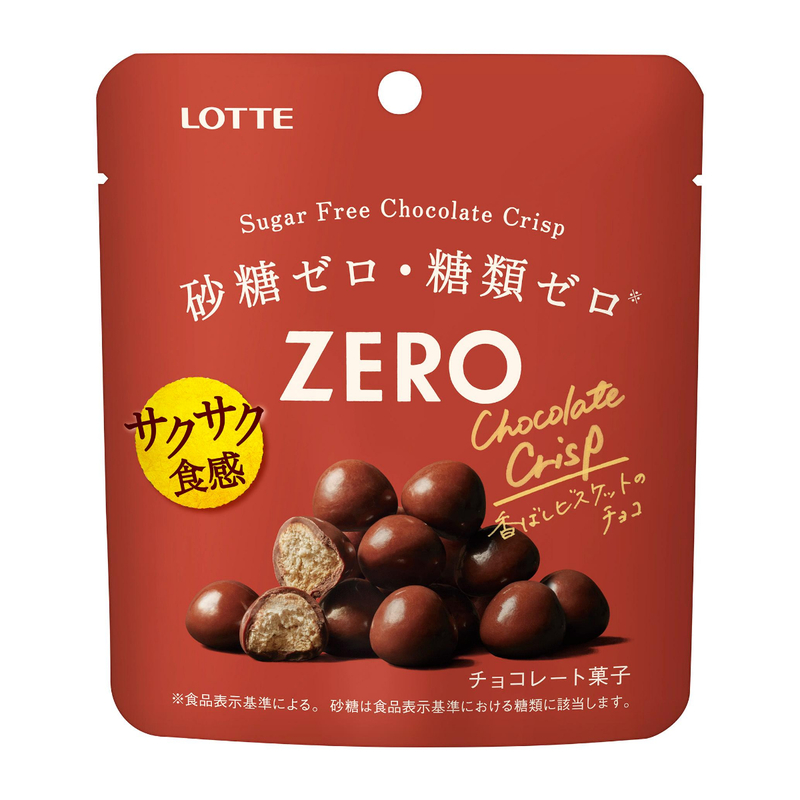
Conclusion
Uncovering the latest viable innovations in sugar reduction is just the starting point. Innovation managers need a comprehensive understanding of the IP barriers, scalability, and market applicability of these innovations to forge successful partnerships.
GreyB can help you identify the right partner for expanding into the low-sugar chocolate category through a rigorous screening process. Our experts evaluate innovations on various parameters, such as regulatory clearances, technology readiness, existing partnerships, and geographical availability, to identify the most suitable partner for you. Fill out the form below and talk to our experts today.
Talk To Our Experts Today
Fill out the form below

